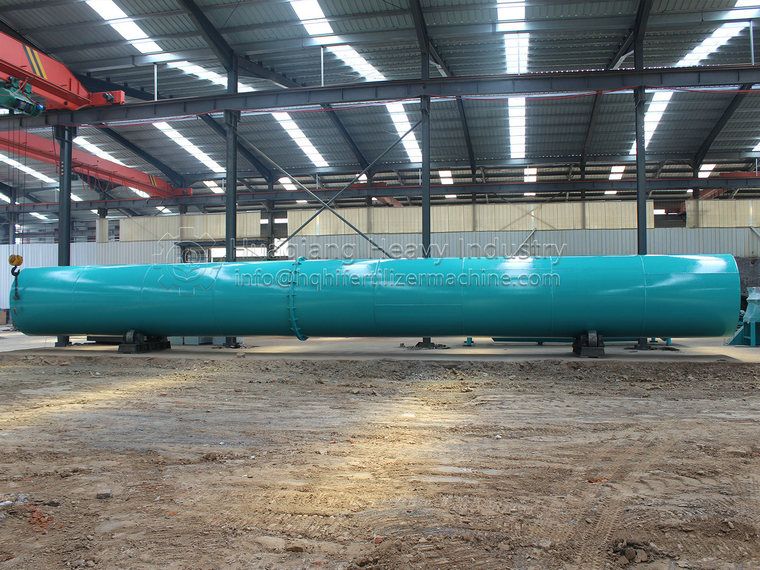Viewing the advantages of organic fertilizer manufacturers from trough composting
The compost turning machine adopts the fermentation tank mode to produce organic fertilizer. It is a kind of organic fertilizer produced by putting the raw materials in the fermentation tank. The materials are turned, stirred and broken in the tank, so that the materials can be fermented, matured and degraded. It is easier to obtain stable product performance and better odor control effect than static composting.
The process of stabilizing organic matter in cow manure through the action of aerobic microorganisms (mainly aerobic bacteria) in the rotary fermentation composting machine. During the composting process, the soluble organic matter in the feces penetrates into the cells. Microorganisms decompose and metabolize a portion of the organic matter through their own biological metabolic activities, that is, oxidize and decompose it to obtain the energy required for biological growth and activity, and convert the other portion of the organic matter into new cellular matter, enabling the growth and reproduction of microorganisms to produce more organisms.
The wheeled self-propelled composting machine for cow manure organic fertilizer is more suitable for the mechanism and process requirements of microbial fermentation and storage of manure into fertilizer. It can effectively mix thick stored manure with microbial preparations and straw powder. Not only is the fermentation speed much faster than deep tank fermentation, but it also effectively prevents the generation of harmful and odorous gases such as hydrogen sulfide, ammonia, and indole during the fermentation process, which meets environmental requirements and can produce high-quality organic fertilizers.
.jpg)



.jpg)
.jpg)

.jpg)
.jpg)